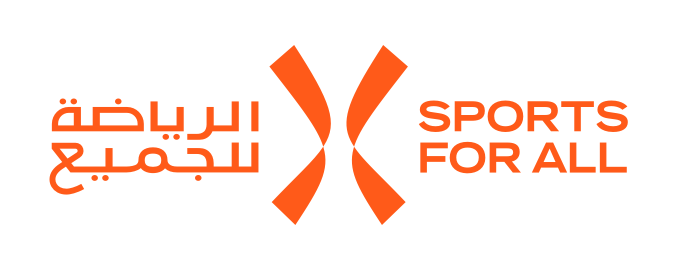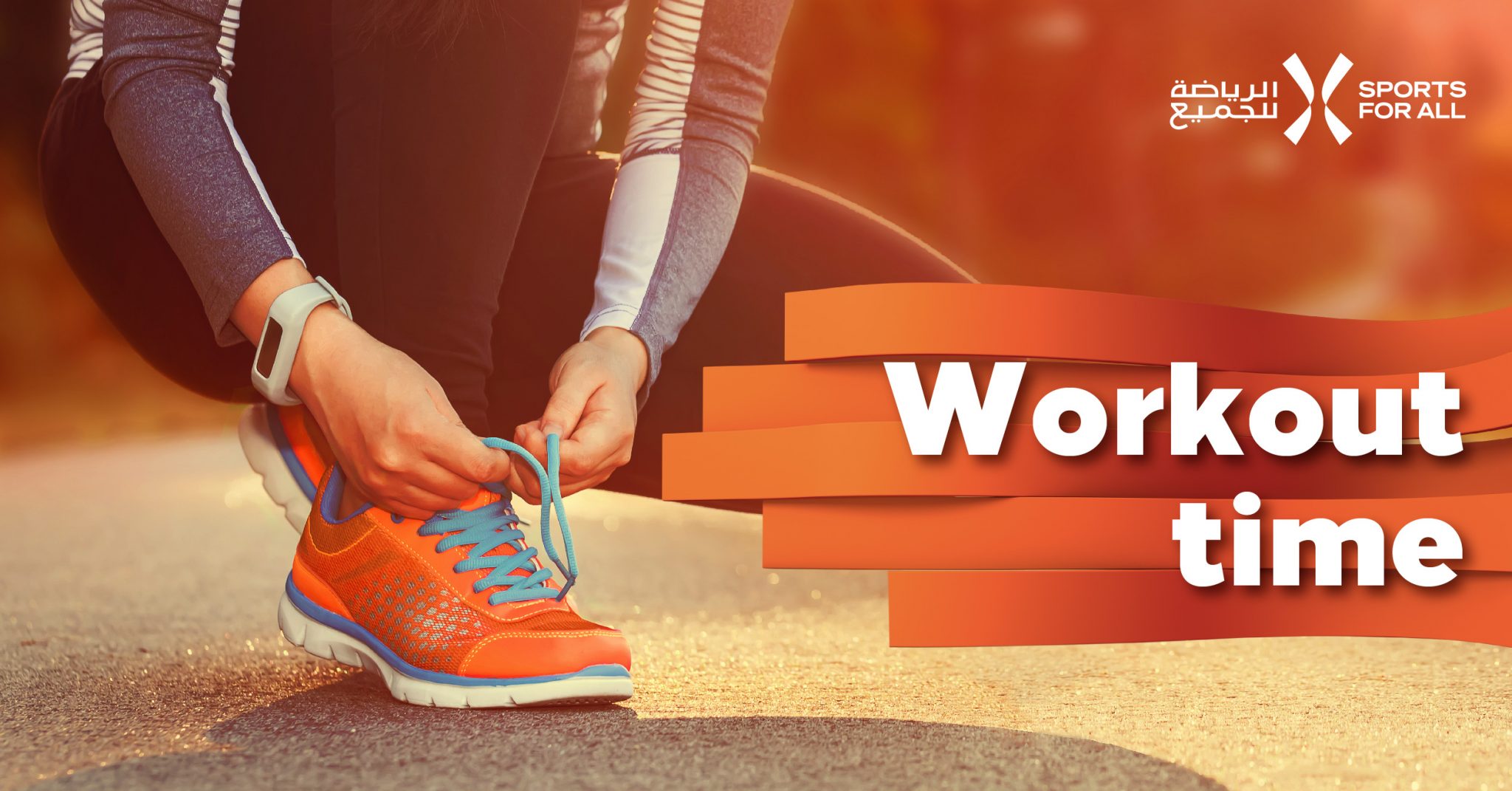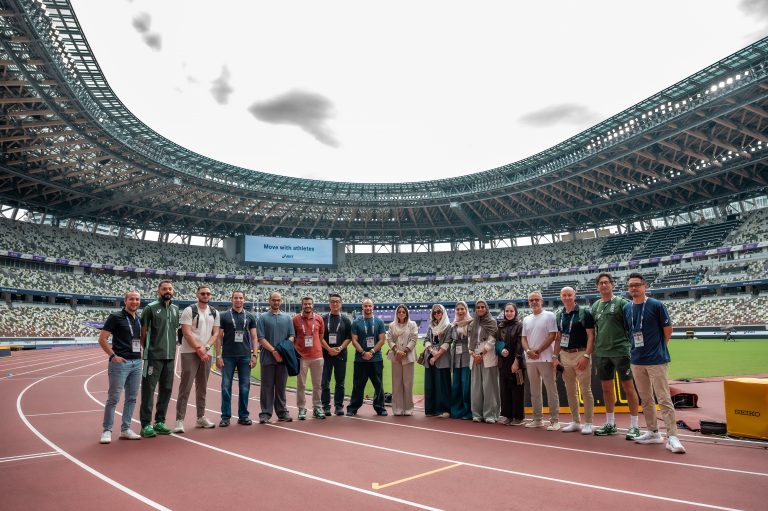When it comes to choosing your footwear for your workout, one size does not fit all and there are several factors you need to consider before making your purchase
There has been an amazing uptick in the number of people around the world looking to improve their health by getting more active. Naturally, the athletic wear industry is booming and can be overwhelming to decide which gear is essential and which is simply nice to have.
Possibly the most important purchase you can make, regardless of the sport of your choice, is the right pair of shoes. If something goes wrong with your feet, you change your gait, and the problem will make its way to your ankles and up to your knees, hips, and spine. The ongoing instability will throw you out of alignment and could create pain in different places.
So, how do you find the right shoe for the right activity?
Running
The two main considerations should be your gait – how you run and how your foot hits the ground – and how much shock absorption you need. Running shoes are designed to keep your feet in a neutral position. Each step sends a shock up your leg, so heavier and high mileage runners need a cushioning shoe designed to absorb impact. The heavier you are the more impact there tends to be and the more cushioning you are likely to need.
Remember, running shoes don’t last indefinitely, and they start to lose their supporting and shock absorbing abilities with use and should be replaced about every 800km.
Court sports
If you take part in basketball, squash, badminton, tennis or volleyball, you’re guaranteed to get in shape but wearing running shoes won’t do you any favors here because during these sports you’re hardly ever moving forward in a straight line.
You’re more likely to do a lot of explosive lateral or side-to-side movements for which a running shoe would be unstable and that could lead to injury. The shoes are also not designed for these movements and you could actually rip the sole away from the body of the shoe.
Shoes for court sports support movements in all directions. While each sport has its own shoes, the properties are similar enough that you could wear your tennis shoes to play basketball.
Group exercise classes
For the same reasons mentioned above, running shoes are not suitable in this instance either and you’re better off finding shoes that support lateral movements, and combine flexibility with support and shock absorbency.
Cycling
The stiffness of proper cycling shoes helps save you energy. They are designed to be used with toe clips or clipless pedals which means apart from pushing down on the pedals you also push forward, pull backwards and pull up, creating an overall more efficient use of energy.
Weightlifting
If you’re lifting recreationally your footwear won’t really be a huge concern. But if weightlifting is something you want to do seriously your footwear may impact your performance. If you’re lifting weights in your running shoes, the squishy soles may make your feet slightly less stable.
Weightlifting shoes have no shock absorbing qualities, they just offer plenty of support. They’re also not suitable for any other activities, so if you plan to get a bit of cardio in after your session, you should probably bring a pair of running shoes with you.
While there is a lot to consider, choosing the right shoe doesn’t have to be complicated. A large part is really based on preference. Visit a sporting retailer to find the right shoes at the right comfort level so you can get the most out of your workout.
Related: Choosing and maintaining your sportswear
Healthy Living is a frequently updated content section brought to you by the Saudi Sports for All Federation. In the spirit of supporting our #HealthyActiveCommunity, we’re sharing tips around wellness, physical activity and more!





